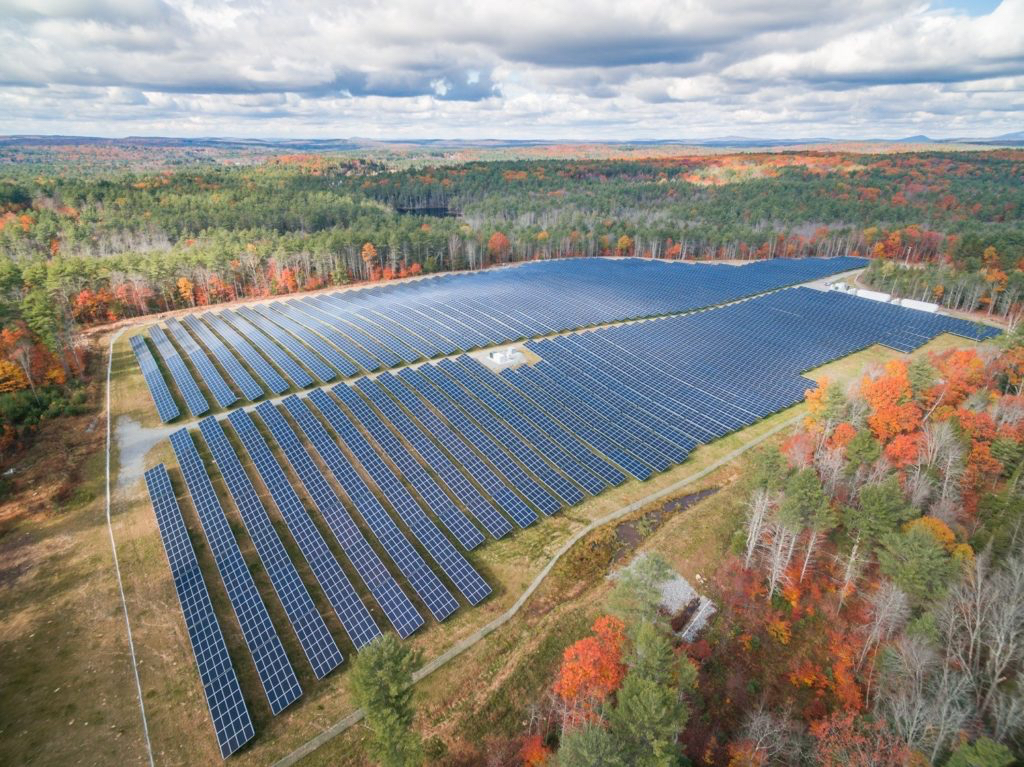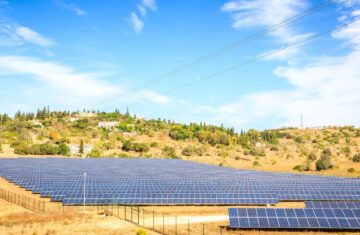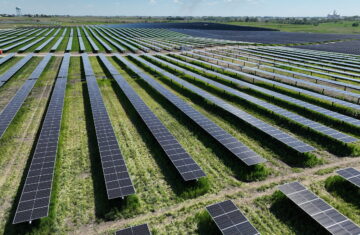A review by the Sun Day Campaign of official data reveals that renewable energy sources now account for over 30% of total US utility-scale power generating capacity. This review, based on recent data from the Federal Energy Regulatory Commission (FERC) and the Energy Information Administration (EIA), projects that this figure will rise to 37% by the end of 2027. Additionally, renewables contributed nearly a quarter of the nation’s electricity generation during the first ten months of 2024.
Solar Energy Dominance
October marked the fourteenth consecutive month in which solar energy emerged as the largest source of new capacity. It is on track to become the nation’s second-largest source of power capacity, following natural gas, within three years or sooner. In October alone, solar represented 92% of new capacity added and 79% during the first ten months of 2024, making up 79.3% of all new utility-scale generation during that period.
Solar capacity additions through the end of October were 80.5% higher than the same period in 2023, while new natural gas capacity accounted for only 15.3% of what was added last year.
Growth of Renewable Capacity
The combined capacities of solar and wind now exceed 21.2% of the nation’s total installed utility-scale generating capacity. The latest data indicates that solar’s share of total capacity has risen to 9.5%, surpassing hydropower at 7.7%, while wind stands at 11.8%. When including biomass (1.1%) and geothermal (0.3%), renewables collectively exceed 30% of the total US utility-scale generating capacity.
FERC reports that net “high probability” additions of solar between October 2024 and September 2027 are projected to reach 93,803MW, significantly outpacing the forecasted additions for wind, which are estimated at 23,261MW. The combination of wind and solar provided 17.2% of the nation’s electrical generation during the first ten months of 2024.
Year-Over-Year Growth

From January to October, total electrical generation from all renewables, including solar, wind, hydropower, biomass, and geothermal, increased by 9% compared to the previous year, providing 24.2% of total production. This share rose to 25.5% in October alone, compared to 22.9% in the same period in 2023.
Future Considerations
“Calendar year 2024 has proven to be a period of remarkable growth for renewables, especially solar,” stated Ken Bossong, executive director of the Sun Day Campaign. “The question now is whether this growth will continue into 2025 or if the incoming Trump Administration will adversely affect it.”
Sources
- Sun Day Campaign Report
- Federal Energy Regulatory Commission (FERC)
- Energy Information Administration (EIA)



